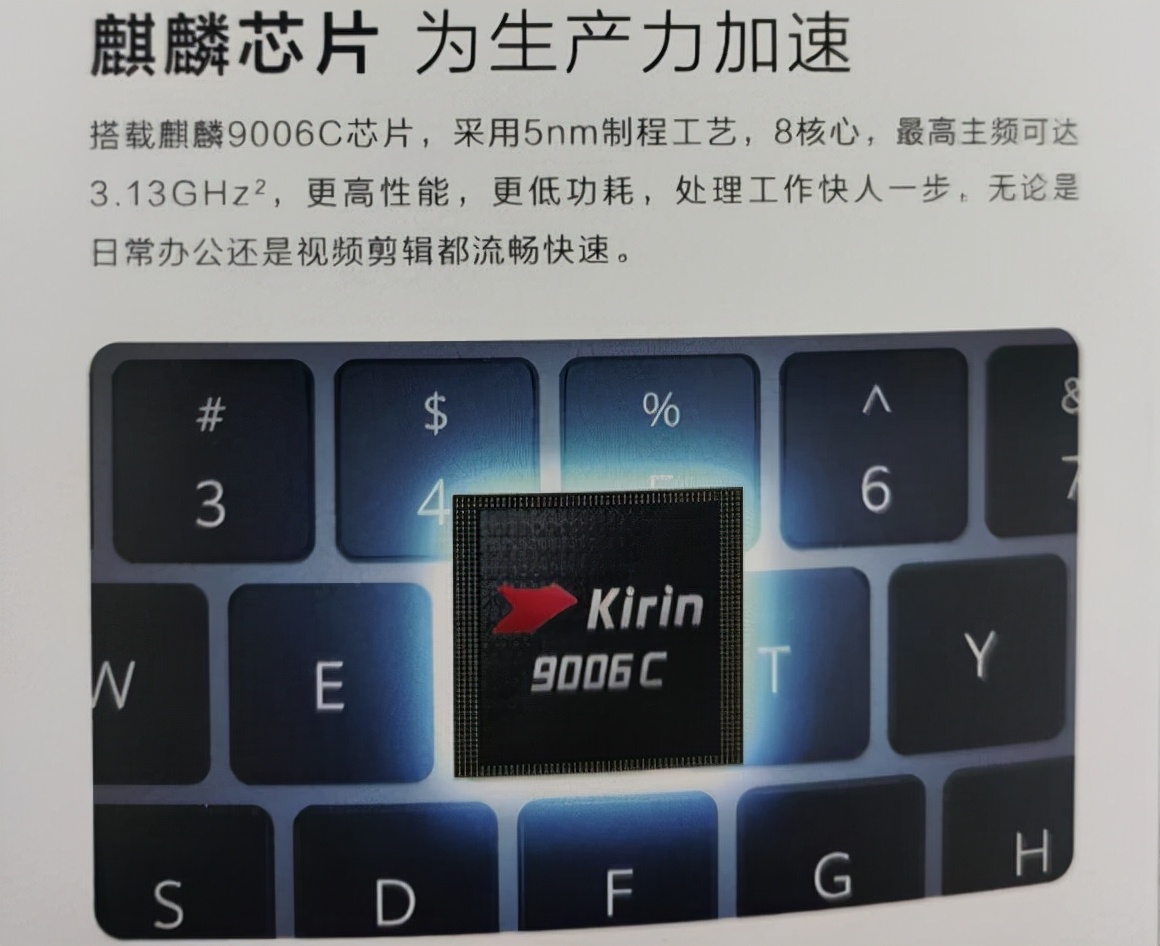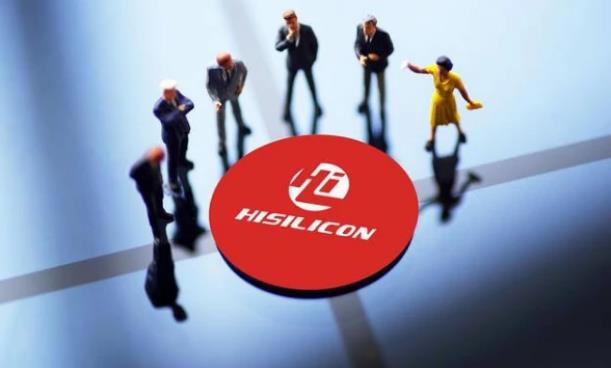@european_guy bro a good summary plus it stated what we already knew, there is a huge demand in China and the plan $150 billions investment may not satisfied those demand and may need even more.
Semiconductors are the brains of all electronic devices, from microwaves to mobile phones and from drones to automobiles. They are essential components that allow the development of technologies crucial for economic growth, national safety, and global competitiveness. Therefore, countries are competing to win the semiconductor industry race and gain a competitive edge. However, with the US recently implementing a chip export ban on China and the growing tension with Taiwan, China’s semiconductor industry stability and growth are under threat.
 Source: Forbes, designed by Daxue Consulting, semiconductor industry structure
Source: Forbes, designed by Daxue Consulting, semiconductor industry structure
Fabless companies require high skill levels and high R&D costs, spending of their income on R&D. Semiconductor foundries are capital-intensive due to the expensive facility and equipment costs, while assembly companies are labor-intensive. The pure-play Fabless Business Model dominates on other business models. In fact, pure-play design companies 56% more value than foundries, 4 times more value than IDMs, and 11 times more value than IC Packaging companies for every US dollar of sales of the products.
In 2021, the Chinese semiconductor industry experienced a rapid in revenue for fabless, foundry, IDM, and OSAT, corresponding to yearly growth rates of 36%, 32%, 23%, and 23%, respectively.
 Data source: Semiconductor Industry Association (SIA) Analysis, designed by Daxue Consulting, top 10 Chinese semiconductor firms by revenue in 2020
Data source: Semiconductor Industry Association (SIA) Analysis, designed by Daxue Consulting, top 10 Chinese semiconductor firms by revenue in 2020
China’s semiconductor industry: Seeking for self-sufficiency amid tensions with Taiwan and the US chip export ban
- September 28, 2022
- , , ,
Semiconductors are the brains of all electronic devices, from microwaves to mobile phones and from drones to automobiles. They are essential components that allow the development of technologies crucial for economic growth, national safety, and global competitiveness. Therefore, countries are competing to win the semiconductor industry race and gain a competitive edge. However, with the US recently implementing a chip export ban on China and the growing tension with Taiwan, China’s semiconductor industry stability and growth are under threat.
Breaking down the global semiconductor industry
To understand the power and position of China and other countries in the semiconductor industry, we have to know how semiconductors are made and then split the industry into smaller pieces. Essentially, semiconductors are created through steps: design, manufacturing, and assembly. We can also divide the semiconductor industry into major segments based on their role in the value chain:- Design: companies that design integrated circuits (ICs) for a specific purpose.
- Manufacturing: companies that fabricate the ICs.
- Assembly/Packaging/Test (APT): companies that assemble the ICs into a chip which is then integrated into electronic devices (smartphones, computers, automobiles, etc.) by product manufacturers.
- Semiconductor manufacturing equipment: companies that manufacture the capital goods used by the companies in other segments to carry out and automate their functions.
- Pure-play design (Fabless) companies–purely focus on creating and intellectual property without actually manufacturing anything.
- Pure-play manufacturing companies (Foundry) –manufacturing chips for Fabless companies.
- OSAT (Outsourced Semiconductor Assembly and Test) companies –specialized in the APT segment.
- Equipment manufacturing companies
Fabless companies require high skill levels and high R&D costs, spending of their income on R&D. Semiconductor foundries are capital-intensive due to the expensive facility and equipment costs, while assembly companies are labor-intensive. The pure-play Fabless Business Model dominates on other business models. In fact, pure-play design companies 56% more value than foundries, 4 times more value than IDMs, and 11 times more value than IC Packaging companies for every US dollar of sales of the products.
The landscape of China’s semiconductor industry
Globally, of semiconductors were distributed in 2021, around 146 units for every person on Earth. Taking the number one spot, China manufactured of the world’s semiconductors in 2019. Despite that, China is a net semiconductor importer. In 2020, China imported chips with a total value of , a 14.6% increase from the previous year. In the same year, China’s semiconductor industry consumed nearly a quarter, , of the global semiconductor-enabled electronic devices.In 2021, the Chinese semiconductor industry experienced a rapid in revenue for fabless, foundry, IDM, and OSAT, corresponding to yearly growth rates of 36%, 32%, 23%, and 23%, respectively.
China’s efforts to cut dependence on the US
Although China has already started the journey to in 2014 after China’s State Council released the “National Guidelines for Development and Promotion of the Integrated Circuit (IC) Industry” and a year later when the Chinese government initiated “”, a 10-year comprehensive strategic plan to reduce the country’s dependence on foreign technology imports, they are picking up the pace recently. The US-China that began in 2018 and the famous Huawei could be the reasons behind the increase in development speed.- The National Integrated Circuits Industry Development Investment Fund (Big Fund) which was established in 2014 to finance China’s semiconductor industry had a second round of state financing in 2019. Until July 2021, Big Fund has allocated to China’s semiconductor industry.
- The Chinese semiconductor industry’s sales jumped to in 2020, exceeding Taiwan’s for two successive years.
- China the largest market for semiconductor equipment for the second time in 2021 reached , a 58% increase.
- Semiconductor Manufacturing International Corporation (SMIC) accomplished a major by advancing to a quasi-7nm process in two years, faster than Taiwan Semiconductor Manufacturing Company (TSMC) and Samsung.



